Conservationists are fond of saying that everything is connected, so fond that the idea has become a bit of a cliché. Just how connected is the natural world? Consider this story.
Recently, an earthquake off the coast of Alaska caused one of the world’s rarest fish to spawn, thousands of miles away in Death Valley National Park, Nevada.
At first glance, the Devils Hole pupfish would rightly be considered one of the most isolated creatures on earth. The entire range of this fish is located in a water-filled limestone cave no wider than a backyard swimming pool (although it’s deep enough that scientists have been unable to measure the bottom). Only about 115 fish swim in this habitat, according to a recent biological survey.
Given this fish’s rarity, the entire hole is surrounded by an 8-foot-high fence, barbed wire and security cameras. Those measures help protect the waters from vandals. It also makes this feel like the ultimate isolated habitat, a tiny refuge surrounded by the fence. But even this spot is connected to other habitats, often in surprising ways.
Recently, a significant earthquake occurred off the Alaska coast. You probably didn’t hear or know about it. But the Devils Hole pupfish did.
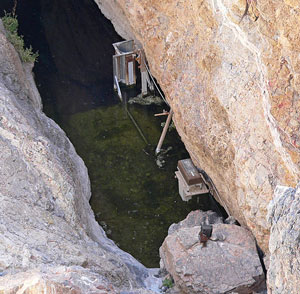
Devils Hole was 2,000 miles from the earthquake, but the quake caused its waters to roil. According to a National Park Service release, “The phenomenon is technically known as a seismic seiche. They are standing waves in an enclosed body of water (such as a lake or a pool) caused by an earthquake’s seismic waves.”
The release reported that while the quake triggered only an 8-inch tsunami in the Pacific, it caused waves over a foot high in Devils Hole.
Ambre Chaudoin, a biological science technician, witnessed the fish spawning after the event. Water disturbances often trigger spawning. According to the release: “The fish’s color changed for spawning, with the males gaining a brilliant blue color. Devils Hole pupfish normally only spawn in spring and fall.”
While the event may have also temporarily reduced the pupfish’s primary food source – algae that grows on a shallow shelf in the pool – the National Park Service doesn’t think it will have lasting effects.
Earthquakes aren’t the only “outside” influence on pupfish. In fact, this fish faces a precarious existence due to threats that occur well beyond the fence.
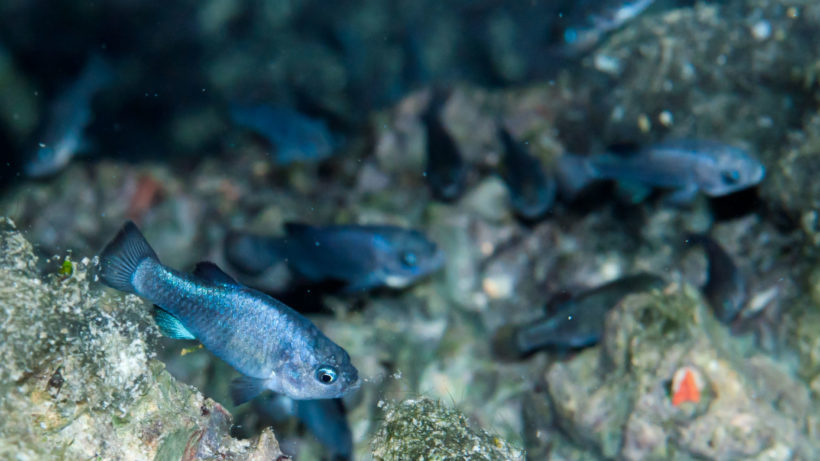
Why Is There A Fish in the Middle of the Desert?
But why is a fish in Devils Hole in the first place? After all, Death Valley is known for its brutally hot and dry conditions. It’s inhospitable for humans, let alone fish.
During the Pleistocene, when large lakes and rivers covered much of the U.S. Southwest, a single pupfish species was relatively common. As the waters dried, the pupfish became isolated, and over time evolved into different species. Essentially, the little pockets of remaining water became habitat islands.
Pupfish are killifish — small, knuckle-sized fish found on five continents. They’re known for surviving harsh environments. Some pupfish in the Mojave Desert adapted to 92-degree salty water and a limited food source, conditions that would turn a trout belly-up in minutes.
About 30 pupfish species are now found throughout the U.S. Southwest, many of them surviving in these harsh conditions.
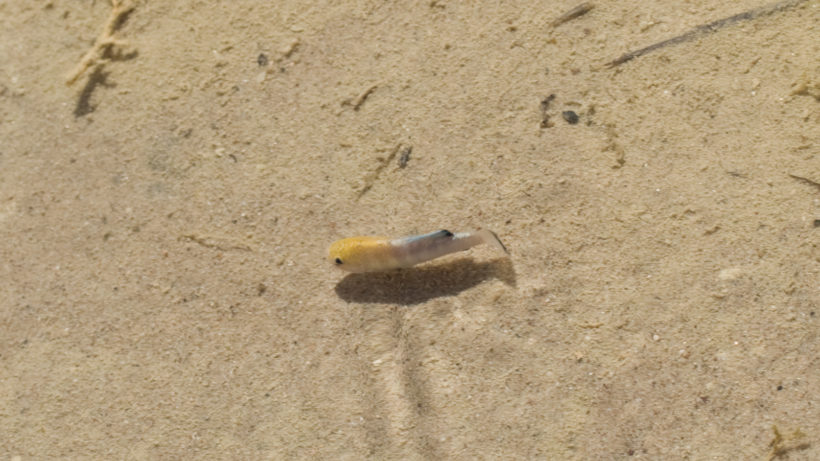
You can even observe some species up close. The Salt Creek pupfish, for instance can be easily viewed along a boardwalk in Death Valley National Park. Kneel down and peer into the shallow water, and you’ll see them skittering around, chasing each other as if in play. In fact, early biologists likened this behavior to puppies, hence their name. In reality, the fish are fighting over breeding territories. The Salt Creek pupfish’s home waters are three times saltier than the ocean.
Like other pupfish, Devils Hole pupfish are survivors. They’ve endured a dramatic reduction in range. They live through changes wrought by distant earthquakes. But another round of threats is going to require some help.
An Intensive Care Unit for Fish
Some dangers to the Devils Hole pupfish are obvious. In April 2016 three men jumped the fence and shot security equipment. According to the Las Vegas Review-Journal:
One man, captured on an underwater camera, stomped around the shallow shelf in the pond where the pupfish feed and spawn. Park employees later found beer cans and vomit at the edge of the pool, a pair of boxers floating in the water, and a dead fish.
In December, just a month before the earthquake, another group of vandals broke through the fence. While their damage was less apparent, it underscored just how vulnerable the Devils Hole pupfish population is.
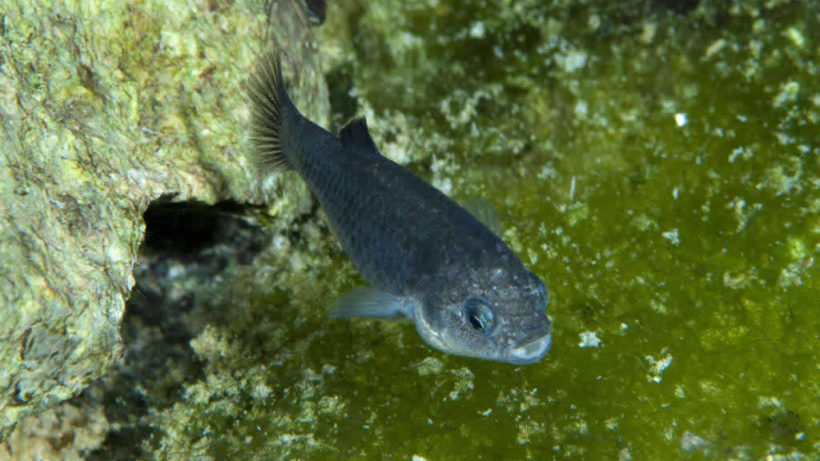
“The entire pupfish could be eliminated so easily,” Nature Conservancy ecologist Sophie Parker told me on a pupfish tour several years ago. “This security fence is the only way to ensure the fish can survive. And even that might not be enough.”
She likened Devils Hole to “an intensive care unit for fish.” The fish are vulnerable to many threats. Some, like vandals, are easy to see. Other factors, though, may have even more lasting influence on the population.
If the water level drops below the shelf of algae, the pupfish will disappear. And in the surrounding desert, there are increasing homes, farms and energy development. All need water. The same water the pupfish needs to survive. Tapping groundwater could drop levels in Devils Hole, dooming the remaining fish.
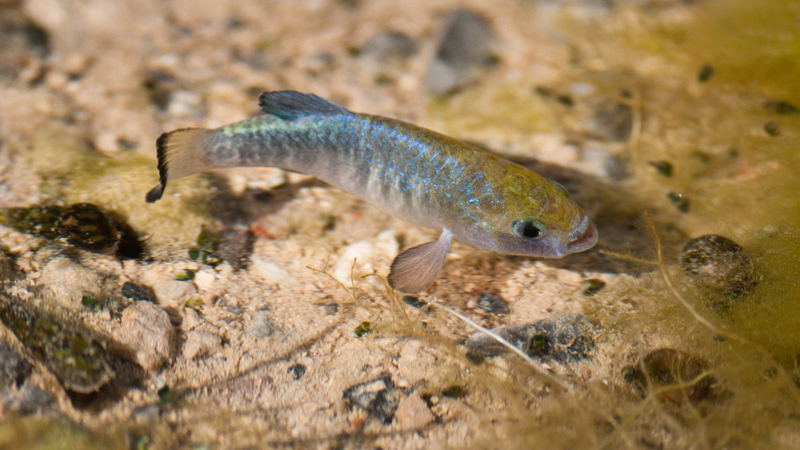
Conservationists have faced threats to this unique habitat before. The Nature Conservancy purchased a nearby spring in Ash Meadows in the 1970s to protect another unique pupfish, the Ash Meadows Amargosa pupfish. It was a great protection effort, but it wasn’t enough.
The surrounding 12,000 acres were owned by a real estate developer. In the late 1970s, he released plans to create a development featuring 30,000 homes, shopping malls, golf courses and an airport – essentially a new city in the desert.
The water for that city would come from those crystal-clear springs. After all, they naturally produce millions of gallons a day.
The development was approved, but when an heir took control of the property, he chose to sell it rather than proceed.
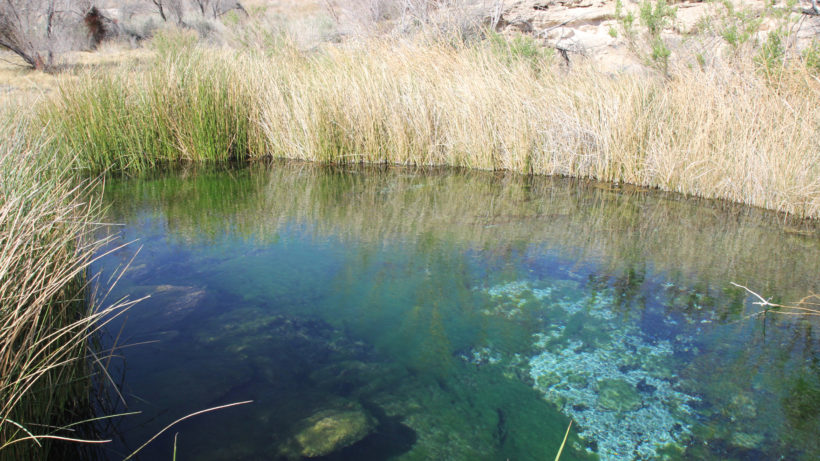
The Nature Conservancy was there to negotiate the purchase. It became the foundation of the Ash Meadows National Wildlife Refuge, protecting the unique springs and the wildlife they support. The refuge is home to 26 endemic species – the greatest congregation of unique species in the United States.
Of course, the water that feeds those springs flows deep beneath the ground, where it can be tapped by other users.
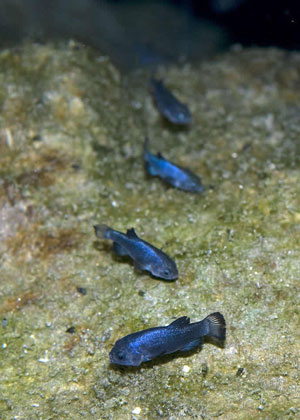
With increasing demand for water, springs can start to drop in level – something that has happened periodically at Ash Meadows, and at Devils Hole.
The refuge has established water rights to maintain fish and other wildlife. But as often is the case in arid states like Nevada, those water rights are often over-allocated. Renewable energy projects have environmental benefits, but also require water use. Protecting the Devils Hole pupfish will continue to demand that conservationists look at threats well outside the fence.
The Devils Hole pupfish has lived in a tiny area for thousands and thousands of years. It can not know the broader world. But whether it’s an earthquake, a vandal or development, that broader world touches the pupfish. Everything’s connected.
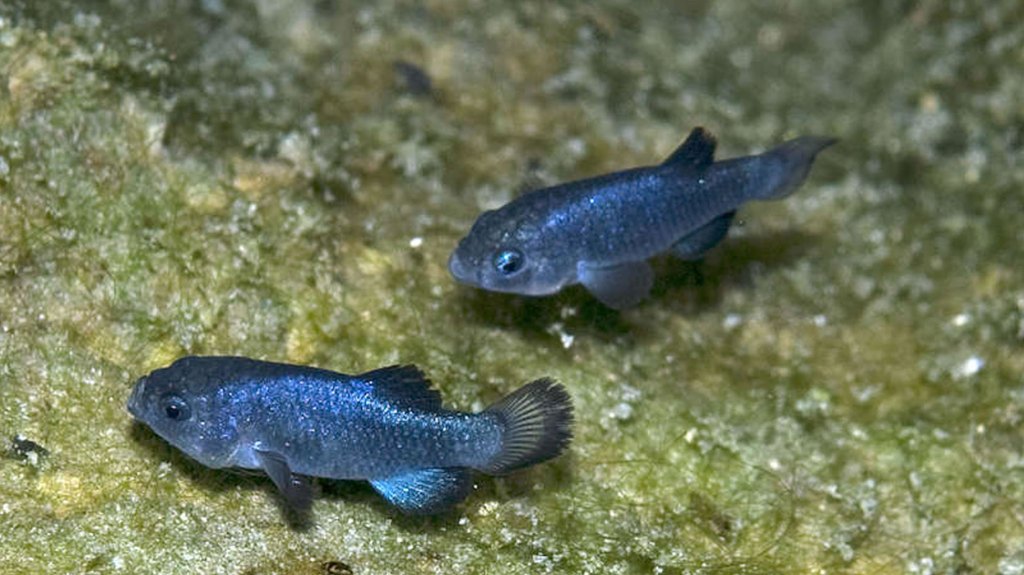



I had never heard of the Devils Hole Pupfish until Phoebe Judge’s most recent episode of Criminal. Fascinating story, and I loved her coverage of the complex challenges facing the fish and the conservationists working to keep the population safe.
Pleasing to read article, shows a lot of people care about conservation. (apart from the low-life vandals)
I assume the population in Mandalay Bay Aquarium would be in heated water to match their original home?
As mentioned human overpopulation is the big threat – everywhere.
New Zealand
This was a very and informative and interesting article. I’m so glad I read it through to the end. I had never heard of pupfish before.
Just felt I’d note that the video linked for “it caused waves over a foot high in Devils Hole” was actually footage from the 2012 seiche. I’d be interested to see the comparison of the population size following this premature spawning event.
Thank you for the clarification Ian! I moved the video to the word “seiche” so that it’s clearer that it’s an example of a seiche and not the exact event caused by the earthquake in Alaska.
Thank you for bringing awareness to these beautiful fish….. I hope they respect their habitat. I grew up watching these fish spawn it is an amazingly beautiful dance of sorts. My Dad fought for their protection most of my childhood. W.L. Minckley was a professor at ASU, he would be happy that these fish are still protected. So Thank You!
Great article on a rare group of fish……but most important is the message of how this plant is so interconnected…..the “butterfly ” effect is truly at work.
Nice article! One correction – killifish ( in the form of “pupfish”) are found on five continents (not three): North America (Cyprindon spp.), South America (Orestias spp.), Europe, Africa and Asia (Aphanius spp.).
Hi Brian, Thank you for the correction! We have updated the post.
Great coverage. Alas, growing human population outpacing land and land based water resources. Thanks for helping protect these rare gems of wildlife.
Everything is connected and all must be protected.
Great article!
It´s a very unique species. I want to know if there is any project to raise them in captivity.
Thank you.
Thanks for your question. There is a captive breeding program for the Devils Hole pupfish at the Mandalay Bay Aquarium (located in the Las Vegas casino).
It is a cooperative breeding project with the US Fish and Wildlife Service, the National Park Service and the Nevada Department of Fish and Wildlife.